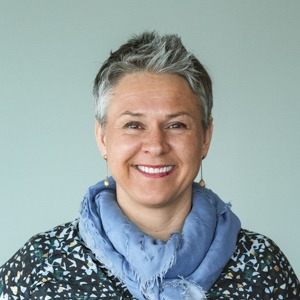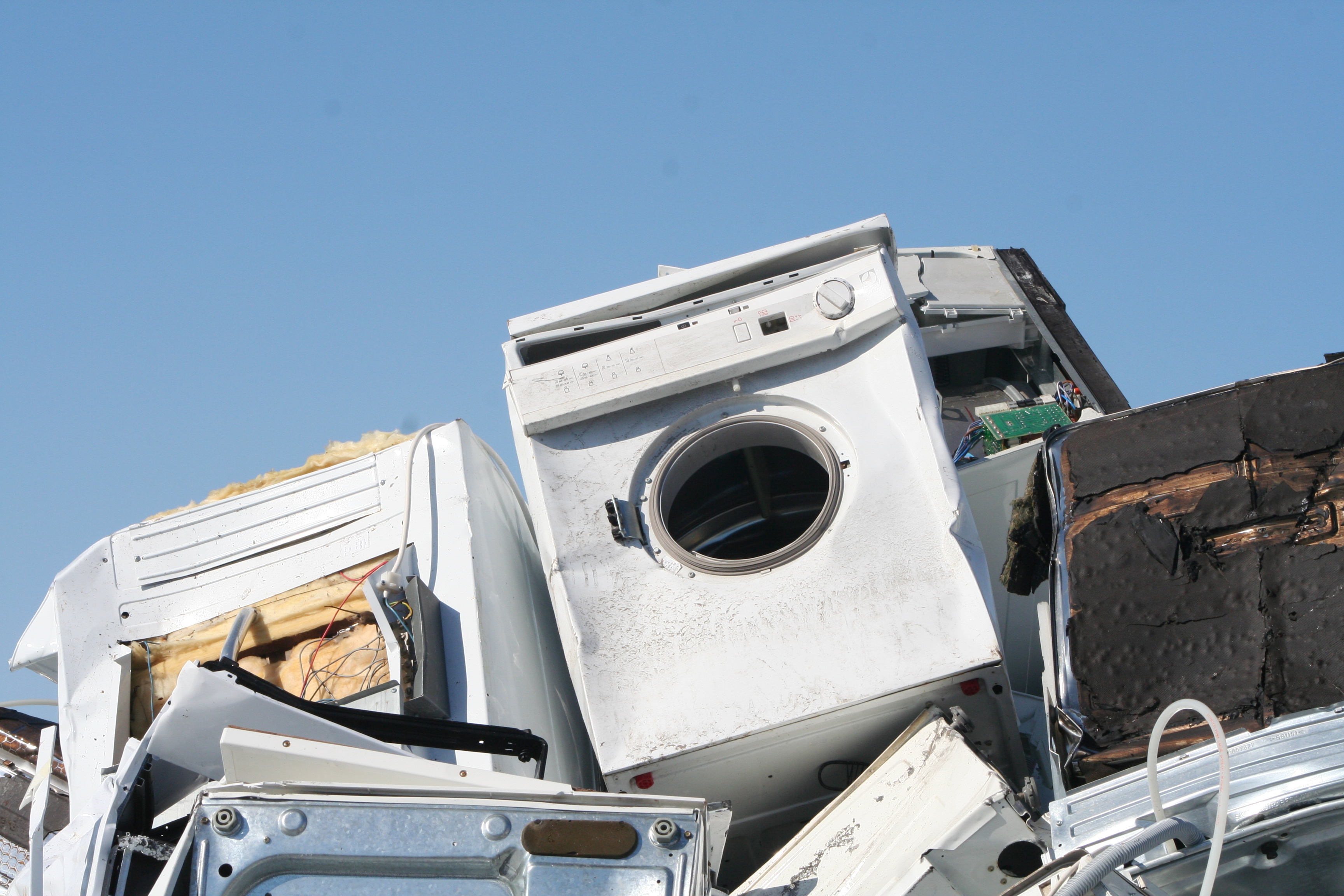
119,000 tonnes of old electronics transformed into valuable raw materials
In 2017, Norwegian take-back companies collected a total of 143,000 tonnes of waste electrical and electronic equipment (WEEE). 83% of the waste was transformed into valuable raw materials.
WEEE contains enormous quantities of valuable metals that are both resource-intensive and environmentally harmful to extract from mines. "Norwegians do a great job of handing in WEEE every year. Their efforts prevent environmental pollution, reduce the consumption of resources and are also of great economic benefit because the raw materials are sold and reused," says Heidi Austlid, the CEO of ICT-Norway, a branch organization and also an owner of the EPR company NORSIRK.
Enormously valuable waste
EEE contains valuable metals such as gold, silver, copper, iron and aluminium. The UN estimates that the WEEE the world throws away each year is worth around NOK 550 billion, about half of the annual Norwegian national budget. "Advanced technology and efficient systems allow treatment plants to separate out the environmental toxins and recover most of the metals and raw materials in the waste," says Stig Ervik, the CEO of NORSIRK. The 119,000 tonnes of recovered materials are sold on commodity exchanges around the world. Components that are functioning properly are sold to companies and reused in new products. "Microprocessors are a good example. They can be found in mobile phones, computers and even escalators. When a microprocessor is melted down the metal is worth NOK 10, but the component could be worth up to NOK 900 when it is reused. For us, cities are the new mines," says Ervik. Reduces resource use and greenhouse gas emissions These urban mining activities also reduce energy consumption and greenhouse gas emissions. Digging one tonne of copper out of the ground takes seven times as much energy as recovering one tonne of copper from waste. "After all, the earth has finite resources, so it makes good sense to make better use of the raw materials that are available," says Ervik. A life cycle analysis carried out by the research institute Østfoldforskning shows the total savings in greenhouse gas emissions to which the take-back scheme for WEEE contributes. "In 2017, the recovery and reuse of WEEE contributed to 120,000 tonnes of CO2 not being emitted. That is equivalent to the emissions from 46 million litres of fossil fuels or the consumption of more than 23,000 cars a year," says Ervik.
Norway wants to be a leader in the circular economy
Norway's government wants to utilise natural resources more efficiently and set a goal in its new government programme of Norway becoming a leader in the circular economy. "Norway is a world leader in collecting and recovering WEEE. But we still have some way to go when it comes to becoming a leader in the circular economy," says the CEO of ICT-Norway, Heidi Austlid. New EU legislation specifies that countries must collect 65% of the goods supplied to the market. In February, the Norwegian parliament decided that Norway should sign up to the EU ambitions. This means that Norway must collect 43,000 tonnes more WEEE every year from 2019. "The politicians are setting high ambitions on behalf of the people and then we as private individuals and companies must find the solutions. To achieve the target, we are completely dependent on Norwegians becoming even better at handing in outdated products so that resources can be recycled," says Austlid.NORSIRK's challenges for consumers: • Go on a treasure hunt in cupboards and drawers at home • Sell usable products on platforms such as Finn, Tise, Shpock, LetGo or similar • Deliver unusable products to your nearest municipal collection point or in-store return point NORSIRK's challenges for shops and companies: • Encourage customers to hand in old products when they buy new ones • Make it easier for customers to hand in waste in shops • Tell customers that more than 80% of WEEE is transformed into new raw materials or reused • Find out how much your waste is worth and ensure your company shares in the value of these resources.
Fact box: 1 - Norway generates the most WEEE per inhabitant in the world (28.5 kg/inhabitant per year) 60 - Number of elements from the periodic table that can be recovered from WEEE 287,000 - Total tonnes of EEE supplied to the market in Norway in 2017 143,000 - Total tonnes of WEEE collected by Norwegian take-back companies in 2017 119,000 - Total tonnes of materials recovered from WEEE in 2017 50% - Norway's average collection rate in the last 10 years, according to the national register. The collection rate is calculated by dividing the quantity collected by the total supplied to the market in the current year. 39% - The EU countries' average collection rate in the last 10 years. 65% - The EU countries' mandatory collection rate from 2019 with which the Norwegian parliament has asked the government to comply. 43,000 tonnes - The annual increase in the quantity Norway must collect to comply with the EU target in 2019. 120,000 tonnes - Reduction in CO2 emissions due to the collection and treatment of WEEE, according to life cycle analyses carried out by the research institute Østfoldforskning. Emissions from fossil fuels and consumption from cars were converted using the United States Environmental Protection Agency's calculator.
About NORSIRK: NORSIRK is a nationwide, industry-owned producer responsibility scheme, which collects, recovers and environmentally treats WEEE, packaging and batteries. NORSIRK was established in 1998 and is a non-profit company. NORSIRK is owned by the Consumer Electronics Trade Foundation (30%), ICT-Norway (30%), Hvitevareretur (30%) and Abelia (10%). About ICT-Norway: ICT-Norway is an independent interest group that works to strengthen the overall framework conditions for the ICT industry. Our members are large and small enterprises from various industries across Norway with a common outlook on technology and digital solutions.
Del dette innlegget

Guro Kjørsvik Husby

 Skal du kassere batterier?
Skal du kassere batterier?

NORSIRK er godkjent som produsentansvarsselskap på EE-produkter, batteri og emballasje.
NORSIRK er sertifisert etter
– ISO 9001 og ISO 14001
– Avfallsforskriftens krav av DNV GL
Kontaktinfo
NORSIRK AS
Innspurten 1A, 0663 Oslo
Telefon: +47 4000 4201
E-post: adm@norsirk.no
Følg oss
Samarbeidspartnere
Gjennom et utstrakt samarbeid med ledende aktører sikrer vi høy kvalitet i alle ledd av våre leveranser.
